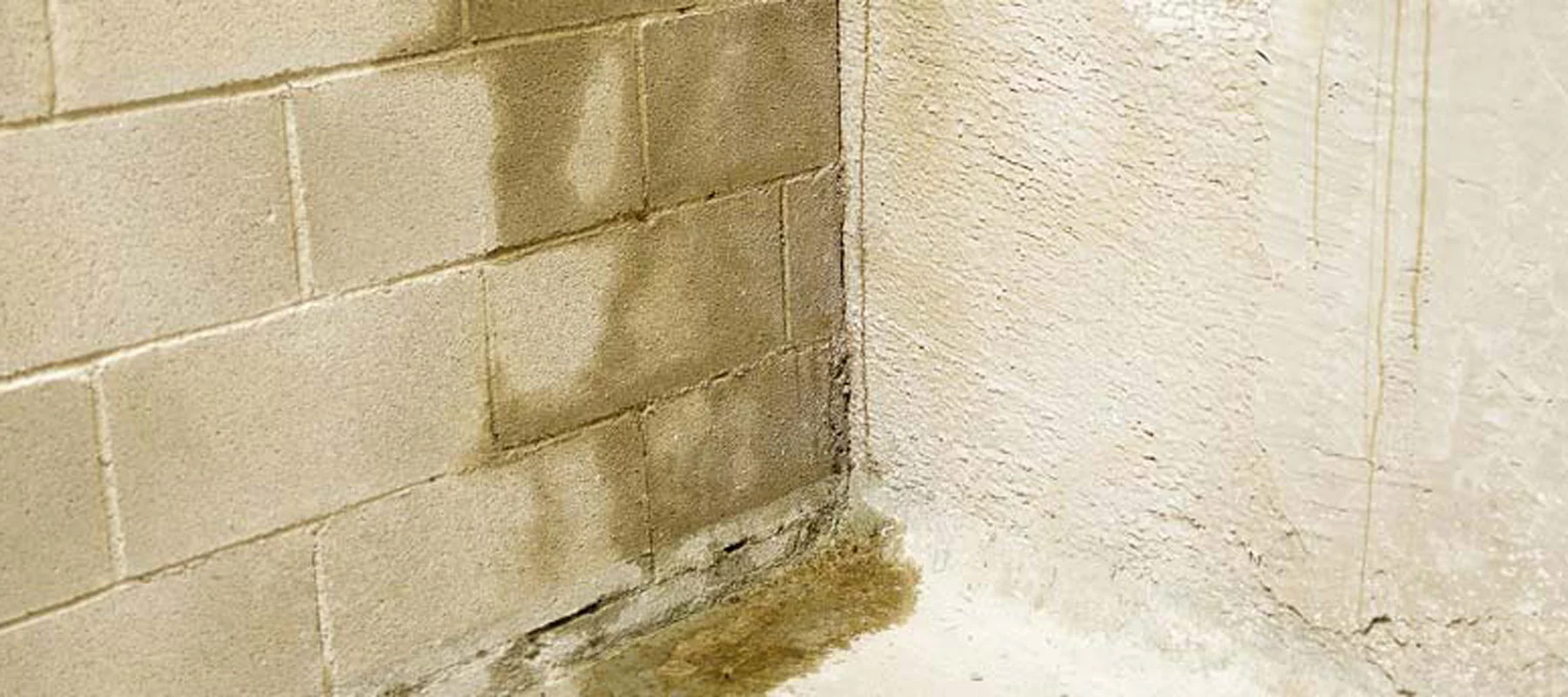It started with a smell.
Not overpowering, but faint — like damp paper or old wood. Sara didn’t think much of it at first. After all, her basement had always been a little musty. But over the next few weeks, her teenage son began coughing at night, and a strange dark patch appeared in the corner near the laundry area. That’s when she called a home inspector — and discovered the culprit: toxic mold silently spreading through her basement walls.
Sara’s story is not unique. Mold often works like a quiet intruder, settling in unnoticed until it’s deeply embedded in your home. And when it comes to basements — with their cooler temperatures, higher humidity, and occasional water seepage — they’re practically VIP lounges for mold spores.
In this guide, we’ll walk through the clear signs of toxic mold in basement walls, so you can spot trouble before it grows into a health hazard and a costly repair.
1. A Persistent Musty Odor That Won’t Go Away
The first sign is often the one people ignore the longest — the smell.

Musty odors in basements aren’t just “normal basement smell.” They’re often mold spores releasing microbial volatile organic compounds (mVOCs) into the air. While these compounds themselves aren’t necessarily toxic, they’re a tell-tale sign mold is present somewhere — possibly inside walls, under flooring, or behind insulation.
For instance, one homeowner I spoke with kept deodorizing her basement, convinced the smell was just from “old concrete.” But after a heavy rain, the smell intensified. A quick inspection revealed black mold hidden behind a panel where a minor leak had gone unnoticed for months.
Tip: If the smell gets stronger after rain or when the HVAC system runs, it’s time to investigate hidden moisture.
Read More: Dehumidifier Maintenance Tips: Keep Your Air Fresh & Your Device Running Smoothly
2. Discoloration or Stains on Basement Walls
Toxic mold doesn’t always look like the dramatic fuzzy green or black patches you see in online photos. Sometimes it’s subtle — light gray smudges, yellowish water stains, or even a slightly darker patch of paint that refuses to dry evenly.
Basements often have concrete or drywall surfaces that hide the early stages. In some cases, mold appears behind wallpaper or paneling, creating visible “shadows” or warping in the covering.
Furthermore, mold can grow even in areas you think are “too dry.” Condensation on basement walls during seasonal temperature changes can feed spores without obvious leaks.
Visual red flags include:
- Spots that spread over time
- Paint bubbling or peeling
- Patchy dark streaks that appear after rain
Read More: Luxury Basement Designs: What’s Trending in UAE
3. Increased Allergy or Respiratory Symptoms in the Household
Your body can be the first mold detector. If you or your family members experience unexplained symptoms — especially when spending time in the basement — mold could be the cause.
Common symptoms include:
- Persistent coughing or sneezing
- Sinus congestion
- Headaches
- Itchy or watery eyes
- Worsening asthma symptoms
In contrast to seasonal allergies, mold-related reactions often don’t improve when the weather changes — and may even worsen after spending time indoors. Toxic molds like Stachybotrys chartarum (often referred to as “black mold”) can produce mycotoxins that may trigger more severe health issues, including fatigue and difficulty concentrating.
Read More: Comparing Dubai vs. Abu Dhabi Basement Laws
4. Warped, Soft, or Damaged Wall Materials
Moisture is mold’s best friend — and in basements, water damage is a red flag that mold may already be present.
Drywall that feels soft or “crumbly” at the base is often holding mold inside. Wooden framing behind basement walls can also absorb moisture, leading to unseen rot and mold growth. Even concrete can harbor mold if the surface stays damp long enough.
For example, one couple discovered their finished basement’s baseboards had warped slightly. Pulling them away revealed thick black mold colonies where a slow foundation leak had been feeding spores for years.
Read More: DIY Drainage System for Budget Homes – How to Keep Your Home Dry Without Breaking the Bank
5. Condensation and Dampness That Never Fully Dry
Basements naturally tend to be more humid, but constant dampness — especially near walls — is a warning sign.
Condensation on basement walls can occur when warm, moist air meets cooler wall surfaces. This moisture can feed mold that grows out of sight behind paint, insulation, or wall coverings.
As a result, even without a visible leak, you could still have a breeding ground for toxic mold. Pay special attention to:
- Walls near laundry areas
- Corners with poor air circulation
- Walls against soil-heavy landscaping outside
Read More: Converting Your Basement into a Pet Spa: A Tail-Wagging Guide
6. Peeling or Bubbling Paint and Wallpaper
If paint or wallpaper starts to bubble, peel, or look “blistered,” it often means moisture is trapped beneath the surface. And where there’s trapped moisture, mold usually isn’t far behind.
In some cases, the mold isn’t visible until you peel away the covering. But even without pulling it off, bubbling paint in a basement is worth investigating — especially if it keeps coming back after repainting.
Read More: How to Use Skylights or Light Tubes in UAE Homes
7. Visible Mold Growth (Especially Black or Green Patches)
The most obvious sign is seeing mold with your own eyes. But even then, it’s important to note that color isn’t everything. Not all black mold is toxic, and not all toxic mold is black.
However, any mold growth in a basement should be taken seriously. A small patch can often be cleaned, but if you see widespread growth — or if it returns after cleaning — it’s time for professional assessment.
Read More: Basement Office Ideas – 11 Stylish Work From Home Spaces
Why Toxic Mold in Basements Is Especially Dangerous
Basements are often used for storage, laundry, or even as living spaces, meaning mold exposure can be prolonged and unnoticed. Mold spores can also travel through your home’s HVAC system, affecting areas far beyond the basement.

Health risks include:
- Respiratory problems
- Chronic fatigue
- Skin irritation
- Worsening asthma
- Neurological symptoms in extreme cases
Financial risks are just as real — mold remediation in basements can cost thousands, especially if walls, flooring, and insulation need to be replaced.
Read More: Creating a Pet-Friendly Basement Zone: A Cozy Haven for Your Furry Friends
How to Confirm and Address the Problem
If you suspect toxic mold, don’t guess — test.
You can purchase home mold test kits, but professional inspections are more accurate, especially for hidden mold inside walls.
Steps to take:
- Identify and stop the source of moisture.
- Have a professional mold inspection.
- Remove affected materials safely (professional removal is recommended for toxic mold).
- Install a dehumidifier to control humidity.
- Seal basement walls against future water intrusion.
Read More: Basement Construction Mistakes Homeowners Must Avoid
Final Thoughts: Don’t Wait for Mold to Announce Itself
In Sara’s case, catching the mold when it was still confined to one wall saved thousands of dollars in repairs — and likely prevented serious health issues. The key was paying attention to small changes: the smell, the discoloration, and her family’s health.
The bottom line? Toxic mold in basement walls rarely shows up overnight. It starts small, grows quietly, and becomes a problem when ignored. By learning the signs — from subtle odors to visible growth — you can protect both your home and your health.
If you notice any of the signs above, act now. A little curiosity today could prevent a major (and expensive) headache tomorrow.
🏗️ Basement Project Calculator
Latest Post
-
Basement Ceiling Ideas Hide Ductwork Smartly
Opening Hook Imagine walking into your basement in Boise, Idaho—where the ceiling is so low that you brush your head on the joists—and noticing a sleek, well-designed backdrop above you instead of exposed ductwork and pipes. That difference, thanks to smart basement ceiling ideas, transforms a cramped, unfinished area into a welcoming space for movie…
-
أفكار رائعة لأرضيات رخيصة في دبي | أفضل ٢٠ خيارًا
تخيل زوجين شابين في شقة مريحة في مرسى دبي، يخطوان حافيي القدمين على أرضية أنيقة بلمسة خشبية. غرفة المعيشة تتلألأ بضوء مسائي خافت، والأرضية تحتها لا تزال تبدو جديدة تمامًا رغم سنوات من الاستخدام – وكل هذا بميزانية محدودة. هذه هي قوة اختيار أرضيات جميلة ورخيصة في دبي: الأناقة والتوفير في آن واحد. التركيز على…
-
Beautiful Cheap Flooring Ideas in Dubai | Top 20 Picks
Imagine a young couple in a cosy apartment in Dubai Marina, stepping barefoot onto a sleek, wood-look floor. The living room glows with soft evening light, the flooring beneath still looks brand-new despite years of use—and all this on a budget. That’s the power of choosing beautiful, cheap flooring in Dubai: style and savings in…



